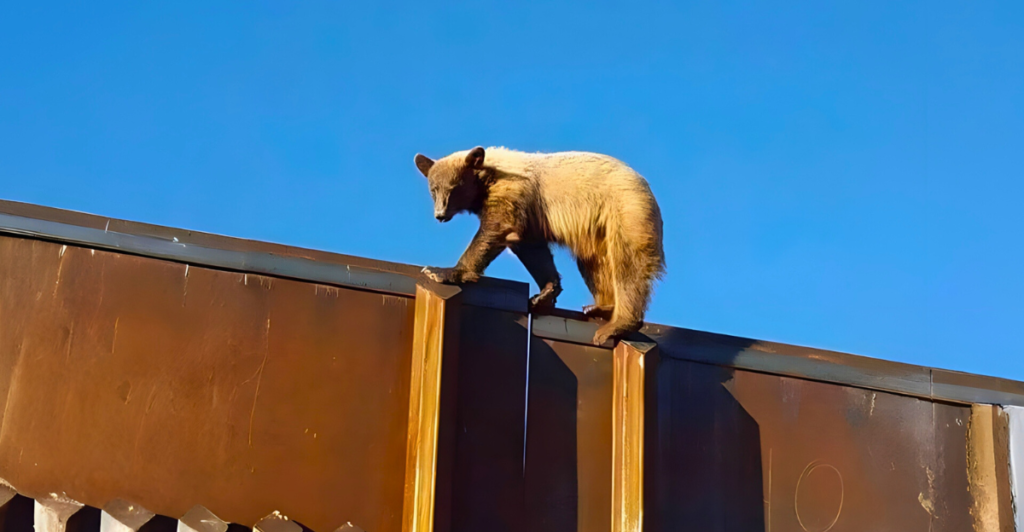
The US-Mexico border wall has long been a contentious issue, and its construction affects not only human migration but also the natural environment. Recent research underscores the devastating impact of this barrier on wildlife, blocking natural migrations and fragmenting vital habitats. This article explores the impact of the border wall on biodiversity and conservation efforts.
The Border Wall Construction Background
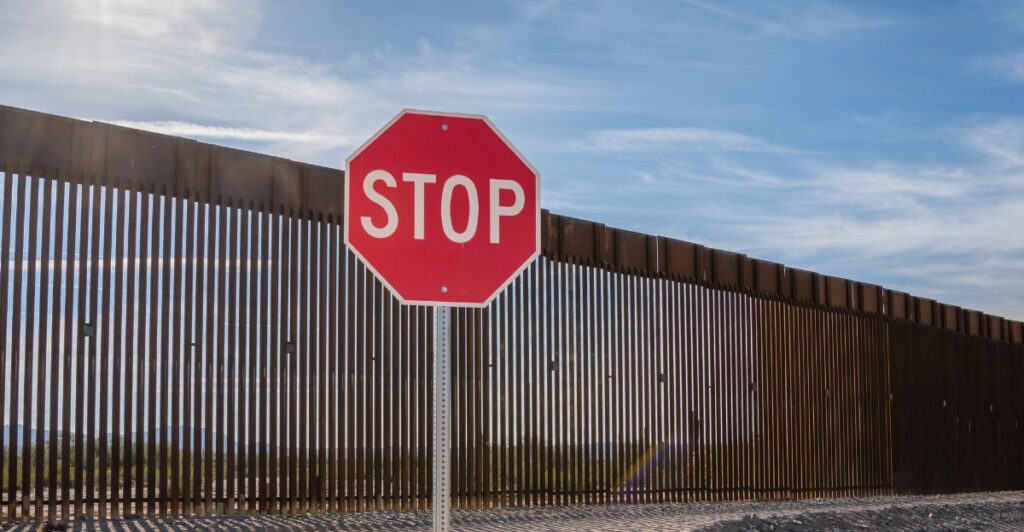
Between 2017 and 2021, more than 450 miles of border barriers were built on the US-Mexico border. These range from steel structures up to 29 feet tall with narrow gaps between them, greatly reducing animal crossings compared with previous vehicular or pedestrian barriers. Scientists warned the construction could have adverse effects on the environment.
Impact on Biodiversity
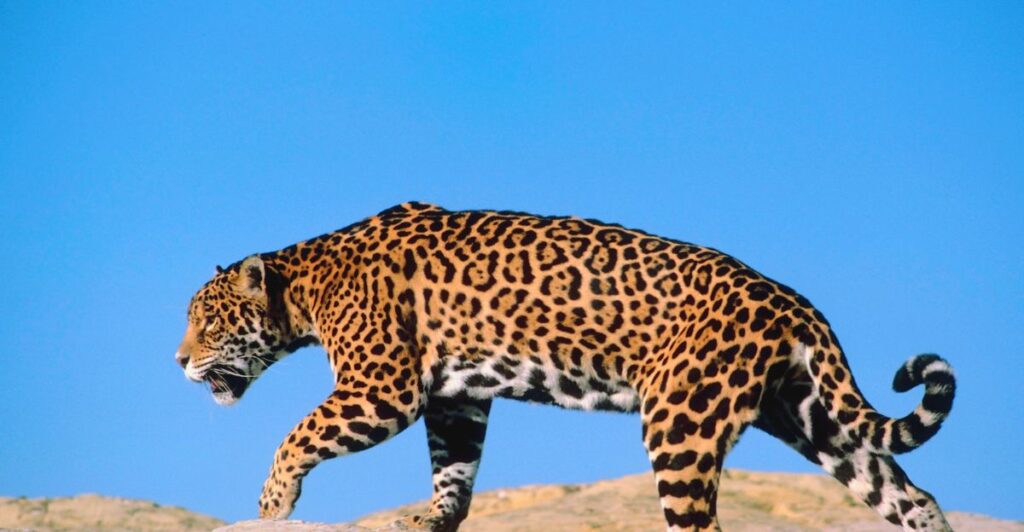
The border wall impacts many species by fragmenting their habitats and disrupting their migrations. According to estimates, more than 1500 native species, including endangered ones like the jaguar and ocelot, are affected. This disruption can result in decreased genetic diversity among isolated populations.
Wildlife Separated by the Barrier
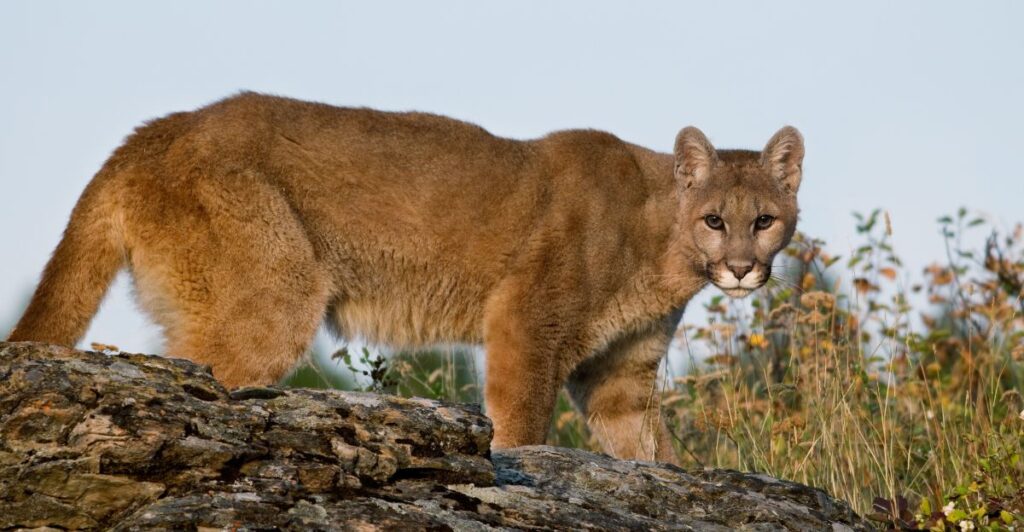
Due to its design, mountain lions, black bears, deer, and wild turkeys will be greatly challenged to cross the barrier. Larger animals often cannot find suitable passages, whereas smaller mammals like javelinas can pass through small openings at the base.
Disruptions to Natural Migrations
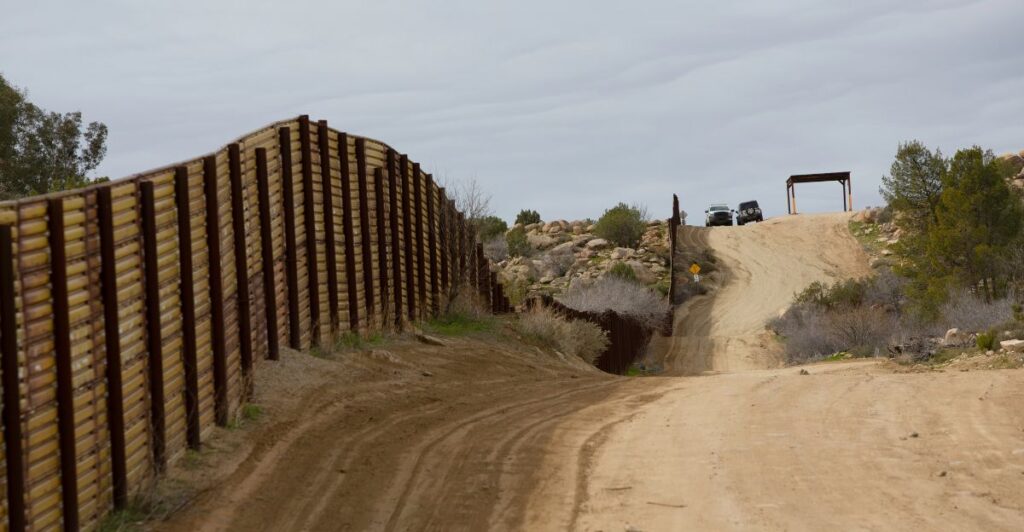
Natural migrations are greatly interrupted as animals fail to cross around the barrier or find alternative routes. This affects both those who may successfully cross via gaps in fencing and those who are too large to traverse them.
Habitat Fragmentation Effects
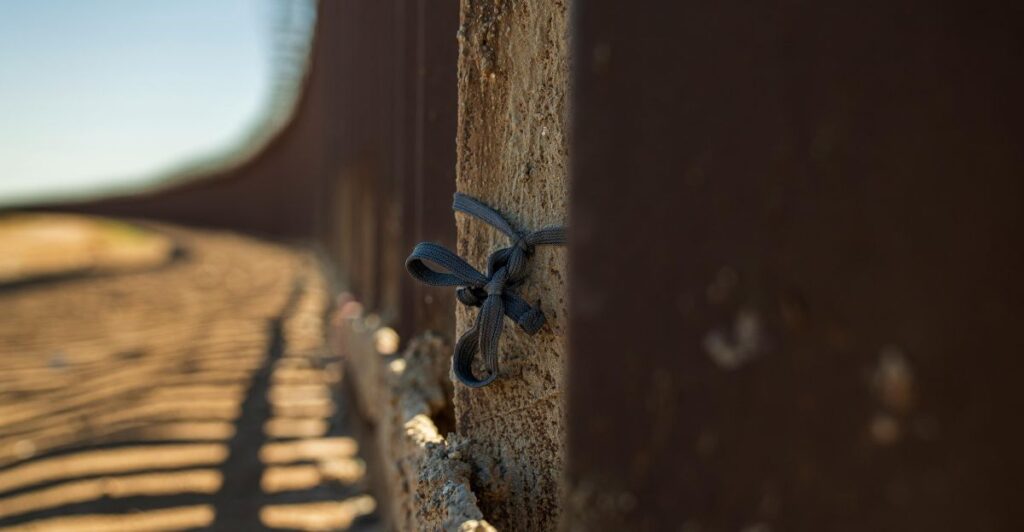
Habitat fragmentation limits movement for species requiring extensive ranges, like mountain lions. Isolated populations can have lower gene flow, resulting in higher susceptibility to disease and genetic disorders.
Conservation Efforts and Research
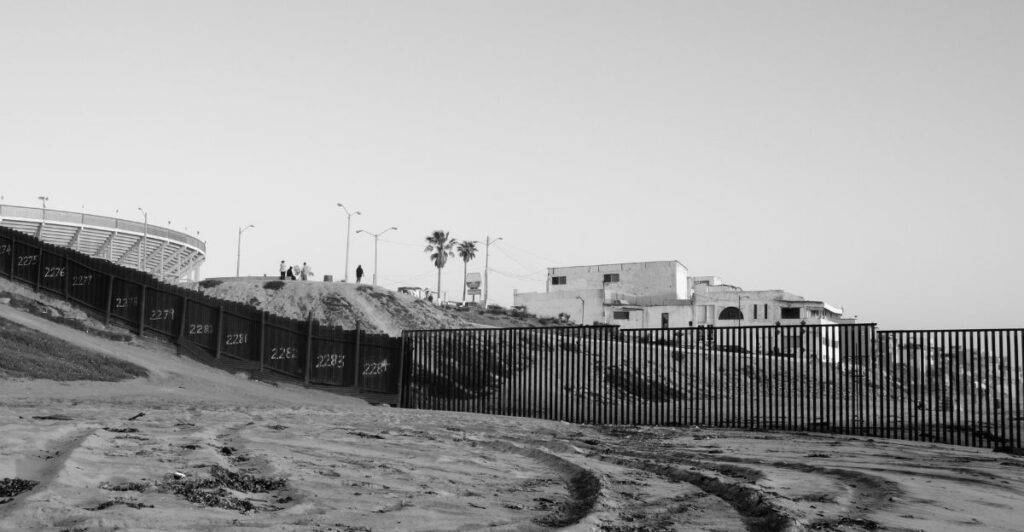
Wildlife cameras in Arizona are even being used by groups like Sky Island Alliance to document impacts on local fauna while simultaneously fighting for solutions that balance both national security and wildlife needs. As a cost-free alternative for animal crossings, they recommend the implementation of floodgates on wall passageways.
The Role of Wildlife Cameras in Documentation
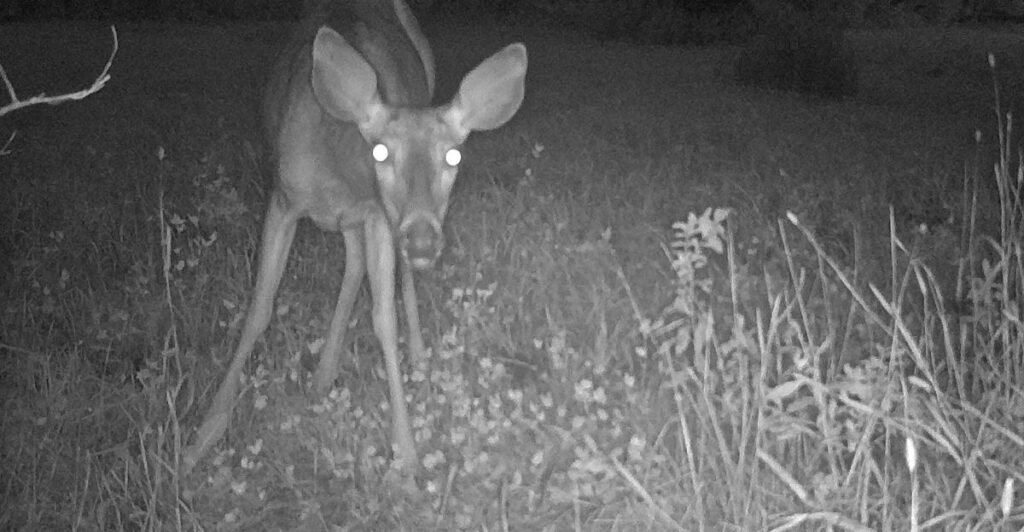
Trail cameras have documented animals attempting to cross, smaller ones squeezing through or over slots, and larger ones pacing the walls in search of a way through. These observations point to a critical need for better wildlife passages.
Small Wildlife Passages: Are They a Partial Solution?
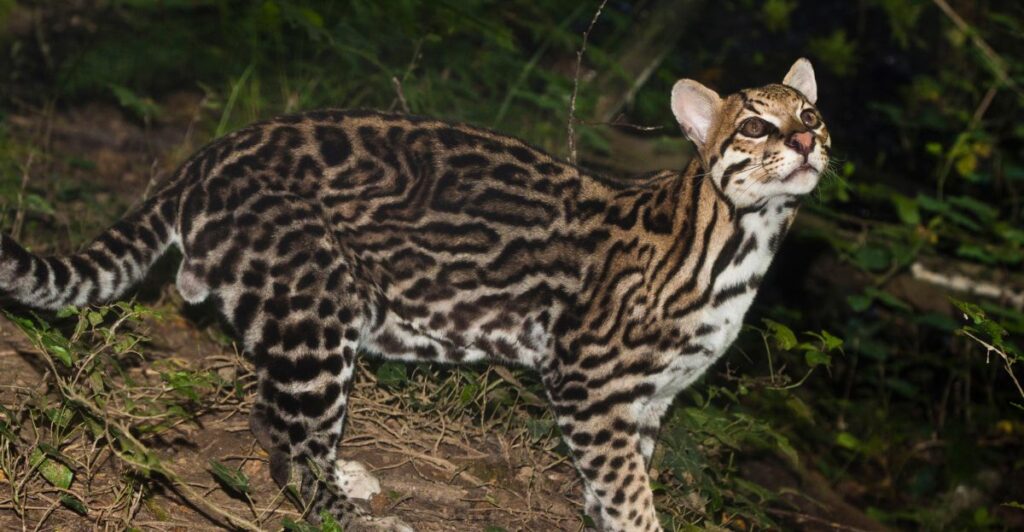
Small passages improve crossing rates for some species, but it is just not enough—only a few exist along extensive stretches of contiguous border walls. More significant breakthroughs are needed for conservation success.
Legal Actions Related to Mitigation Strategies
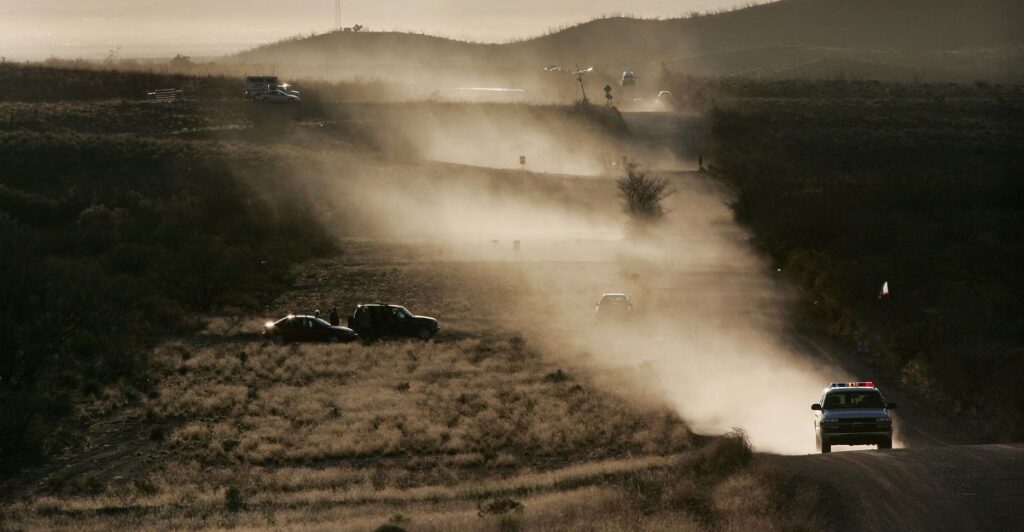
A lawsuit filed by a coalition of states is forcing federal agencies to bolster wildlife corridors at borders— this is one way to begin to untangle the conditions of habitat fragmentation created by barriers.
Transcending National Boundaries in Conservation
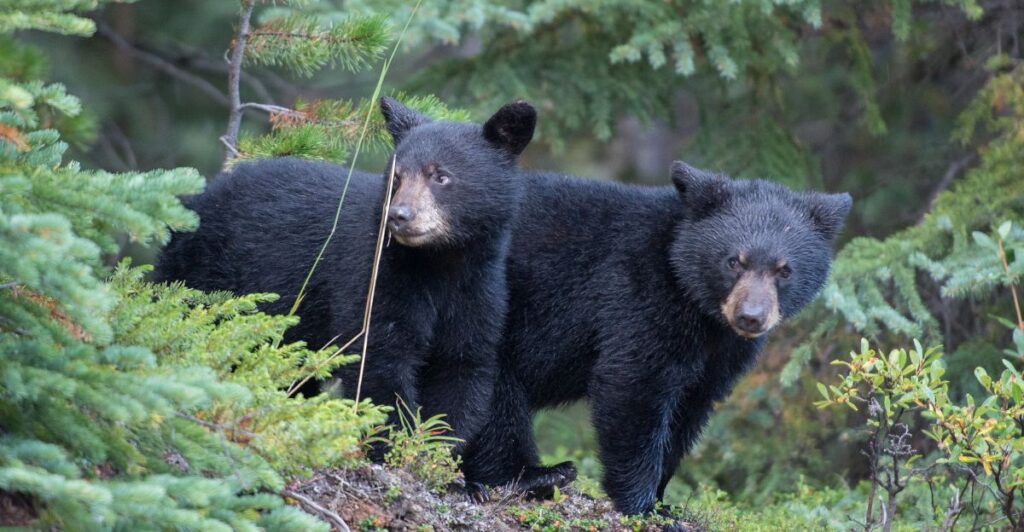
Outside of Arizona, multiple initiatives are dedicated to improving safer crossing options with land bridges or storm drain tubes — methods that can be adapted to different landscapes at the intersection of human infrastructure with natural habitats.
Broader Implications: More Environmental Experimentation at Scale
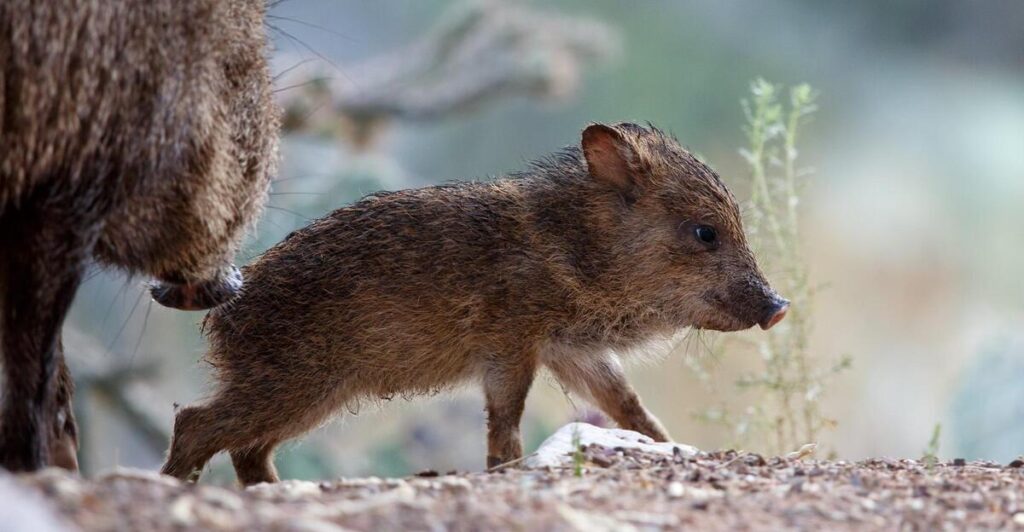
However, the researchers note that such massive infrastructure projects create continental-scale environmental experiments that will ultimately affect evolutionary histories in the long run—an issue extending beyond immediate ecological impacts into long-term biodiversity changes.
An Ongoing Challenge
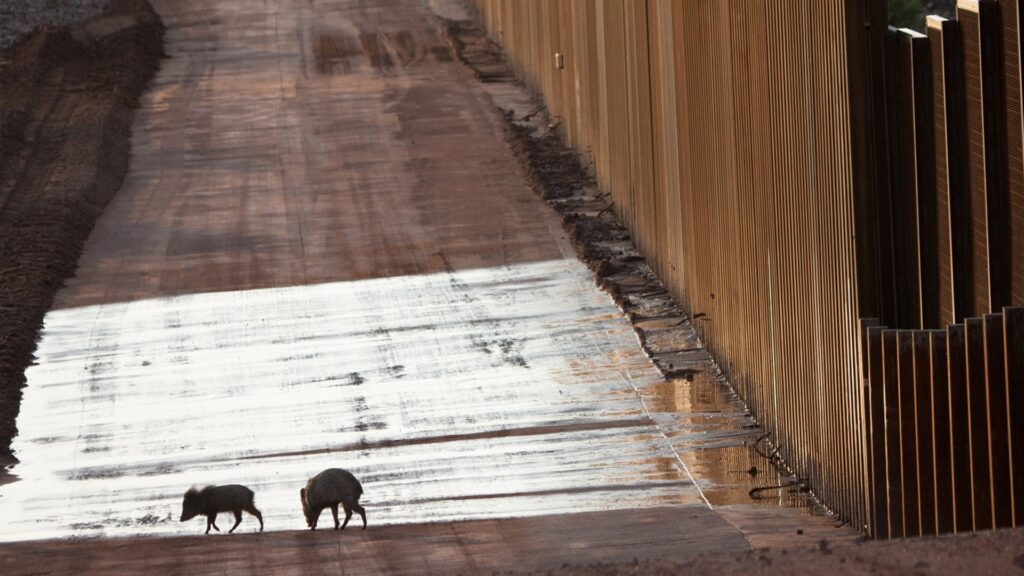
In conclusion, while efforts continue towards mitigating these effects through innovative solutions like improved passage systems or legal action demanding better conservation practices at borders, the ongoing challenge remains significant, given both immediate disruptions observed alongside potential long-term evolutionary consequences yet unknown fully within affected ecosystems across North America’s southern boundary line.
Discover more of our trending stories and follow us to keep them appearing in your feed

California Is Breaking Apart: A Fault Line Is Forming Faster Than Anyone Predicted
California Is Splitting Apart: A Fault Line Is Forming Faster Than Anyone Predicted
The War on Cows Is Over—And Green Extremists Have Lost
Scientists Are Bringing Back The Wooly Mammoth
References:
Reference 1
Reference 2
Reference 3
This article first appeared here
Stay connected with us for more stories like this! Follow us to get the latest updates or hit the Follow button at the top of this article, and let us know what you think by leaving your feedback below. We’d love to hear from you!







